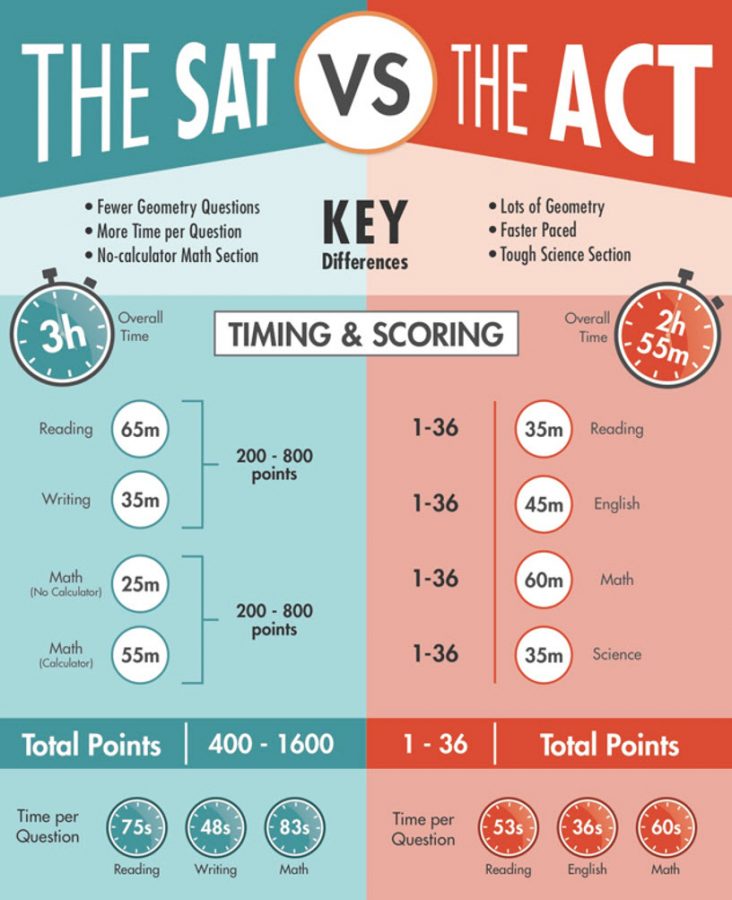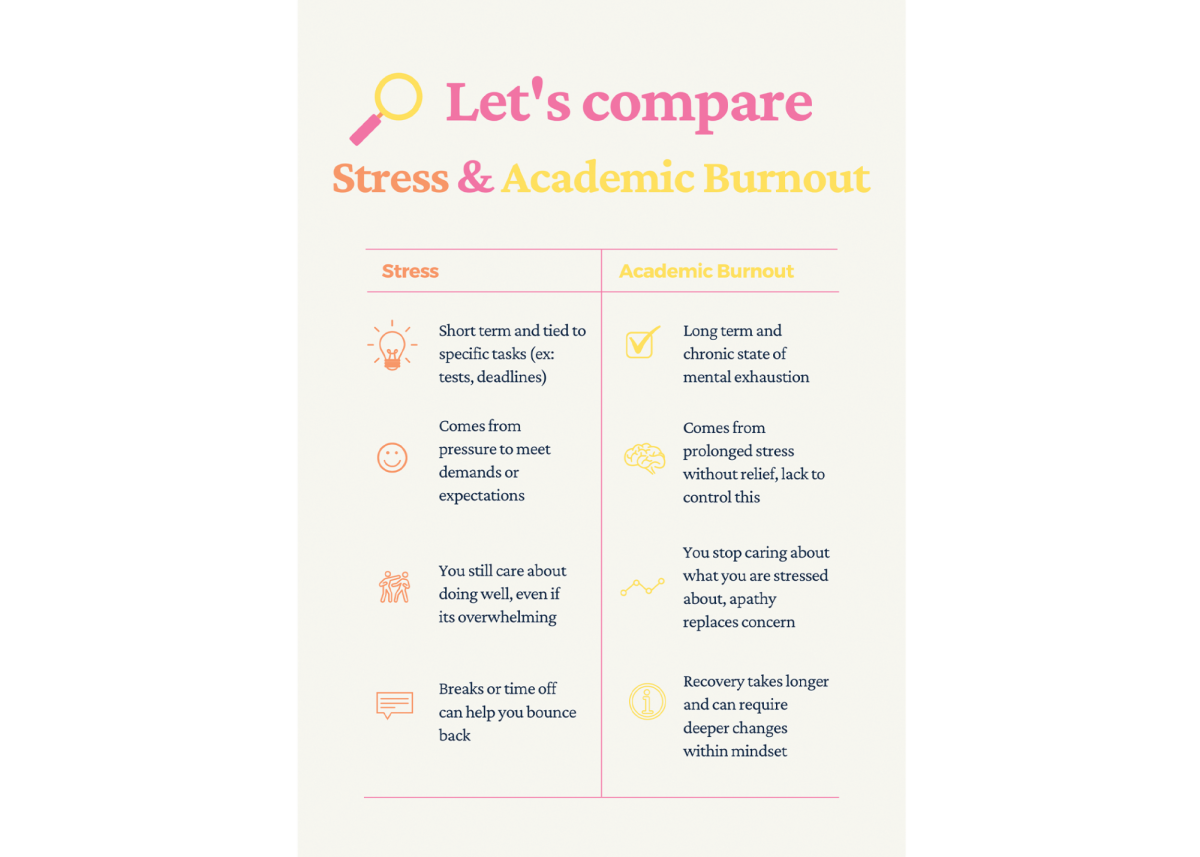The Future of Standardized Testing: Tests such as the ACT and SAT are in peril as universities adopt test-optional policies
Tests such as the ACT and SAT are in peril as universities adopt test-optional policies
November 12, 2019
“I feel like [the average student] would probably think that ACT is ‘do or die,’” Liz Rock, a counselor at Lincoln Southeast High School, said.
However, over 1,000 four-year institutions are now using test-optional admissions, according to Forbes Magazine. This means that they do not require students to send in their test scores, ACT or SAT.
Since Bowdoin College, a private liberal arts college in Maine, became the first to adopt this policy 50 years ago, there has been a steady push towards this idea in recent years. Recently, the University of Chicago, a well-known, large, elite research institution joined the trend; the first of its kind to do so. This made the movement even more powerful with the addition of a college known for their intellectual academic programs.
Deputy Director of Admissions for the University of Chicago, Grace Chapin James, figures that in switching to a test-optional policy, students have more flexibility with their admissions in how they portray themselves and how they wish to be assessed. Chapin James recognizes that some students feel that the ACT or SAT “[doesn’t] accurately reflect their academic potential,” especially for students historically underrepresented.
A common rationale to go test-optional is to increase the diversity of an institution’s applicants. Forbes Magazine believes that those who have not traditionally done well on standardized testing, people of low income, minority or first-generation groups, will be intrigued by test-optional policies. These are students who can’t afford to take practice tests, classes or hire testing coaches. John Baylor test preparation classes, fairly common for students at LSE, cost $385 per session, which includes five meetings for two and a half hours — an impossible purchase for some.
“It’s hard to move [your test] score without a lot of prep. That costs money, and sometimes that is a barrier [for students],” Rock said.
A 2018 study, “Defining Access: How Test-Optional Works,” looked at 28 various test-optional institutions that had a combined 955,744 applicants to find out if the policy changed anything. One-fourth of the applicants didn’t send their scores, most of whom were minority, Federal Pell Grant recipients (students with considerable financial-need) or first-generation students. Of these 28 institutions, 27 found “substantial” increases in minority, low-income, and first-generation applicants. This proved that test-optional policies open up new colleges for underprivileged students — ones that were previously inaccessible.
Another reason for shifting to a test-optional policy is that standardized testing has not been found to be the best predictor of college success or performance.
“The study confirms that high school grades remain the best predictor of college grades… anyone relying on test scores reduces the [potential] of their applicant pool,” Joseph Soares, a professor of sociology at Wake Forest University who participated in such a study, said.
The three-year study, “Defining Promise: Optional Standardized Testing Policies in American College and University Admissions,” also found that there were only “trivial differences” between graduation rates or GPAs of those who sent in their tests and those who chose not to. This demonstrates how insignificant the test scores are in determining who will be successful and who will not.
Despite these findings, many students have no idea this test-optional policy even exists.
“I wouldn’t be surprised if there’s a lot of students who don’t know that there [are] some schools that don’t require tests because they hear a lot about ‘Take the ACT, take the ACT,’” Rock said.
A lot of LSE students are worried about the ACT and what it will mean for them; they are unsure of their future, but believe the ACT will be the key to figuring it all out.
LSE junior Grace Nichols is one of these students who feels the intense pressure that the ACT places on her future. “I’ve never been good at testing and it’s kind of scary because that’s what gets you into good colleges,” Nichols said.
LSE senior Skylar Stearley understands the strain of these tests well, as she took the ACT three times. “It is just a lot of pressure to get a 34. You do the John Baylor and [you put] a lot of money into it, so there is stress there,” Stearley said.
Students find so much pressure placed on the ACT, especially for those applying to selective schools or for competitive scholarships.
For many institutions, more and more money is being offered to those with higher scores alone, which adds to the stress students are already facing about taking standardized tests. On top of that, for those who can afford testing classes, there is an added pressure to increase their scores because they paid for those classes.
“It’s almost like you assign a personal attribute to [the ACT or SAT] because you feel like a certain score means a certain thing about your intelligence,” Rock said.
This is true for most LSE students; they believe that having a low score means that they are not as knowledgeable as their counterparts.
“Other schools might be seen [as] more applicable… [or] more of an option [as students don’t have to send their scores in at those places],” Rock said.
If students don’t feel as if their scores are good enough or that the college won’t accept them because of it, this way they are able to still go to those places.
“Honestly, that kind of makes you feel better about [the ACT or SAT, knowing that many schools are test-optional],” Nichols said.
However, standardized tests have uses that are taken away with test-optional policies. The idea of the ACT or SAT was to even out the differences of separate high schools and what they offered to students. All high schools are different; some offer several AP classes, some offer none and some even have the option of IB courses. Additionally, high schools vary in their rankings of students. Some do class rank, some do top percents, some do weighted GPA and others only do regular GPA. With the loss of the standardized testing, there would be no general comparison for applicants since where they come from is so different.
“[There’s] not a lot of evidence that just going test-optional has a big impact on campus make-up,” Jack Buckley, the senior vice president of the American Institute for Research, said.
For example, Bowdoin College, the first school to go test-optional, is 64 percent white, 11 percent Hispanic and 6 percent black, with only 14 percent of their students receiving the Pell Grant. This is not an institution that is significantly diverse, even with their test-optional policy.
The future of the ACT and SAT is unforeseeable; the test-optional movement is picking up steam, but several people are criticizing this choice as well. For LSE students, the outcome isn’t straightforward as this concept doesn’t apply to all students since most go to UNL or SCC, both of which require test scores. However, it is always possible these schools may adopt the trend in the future, making this policy more applicable to all.









